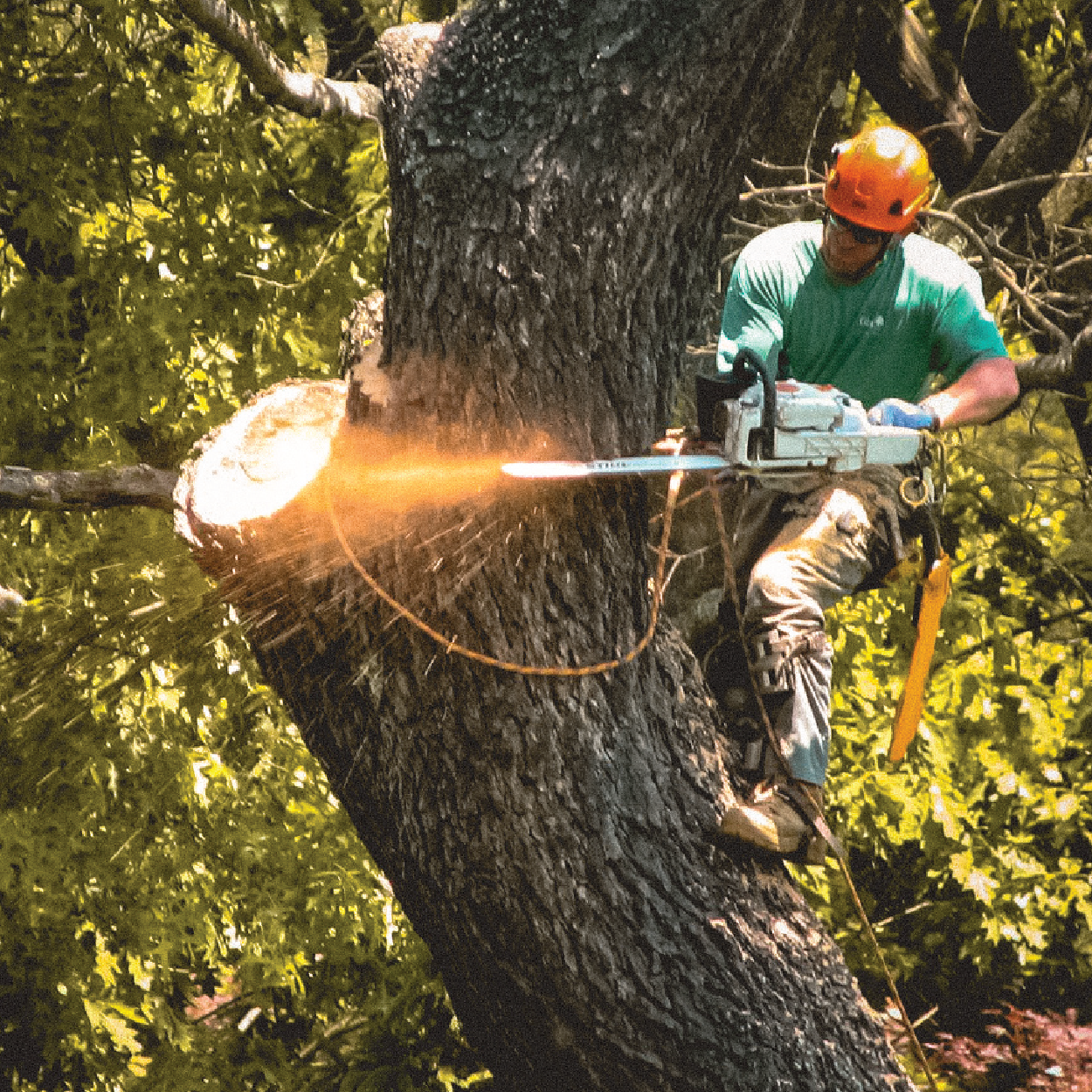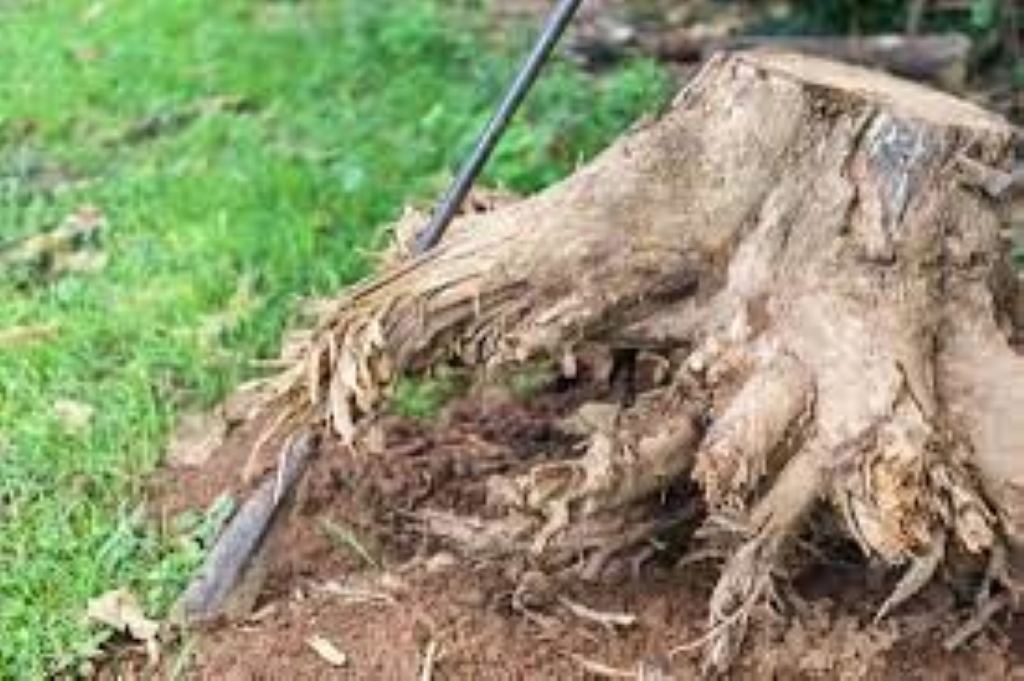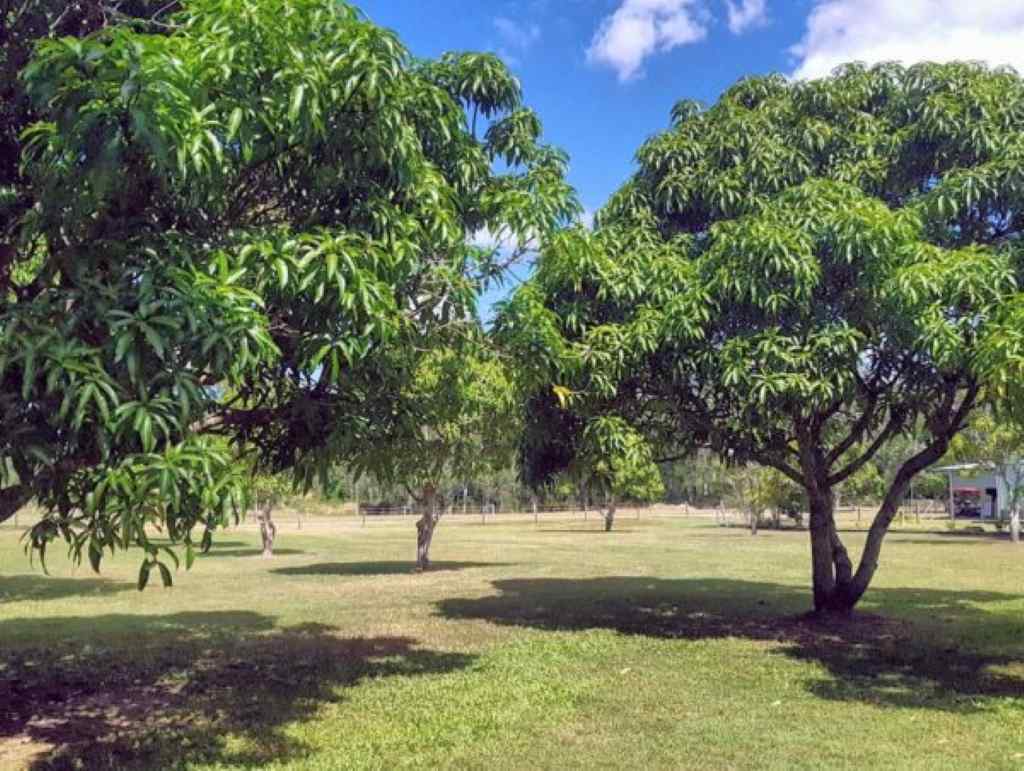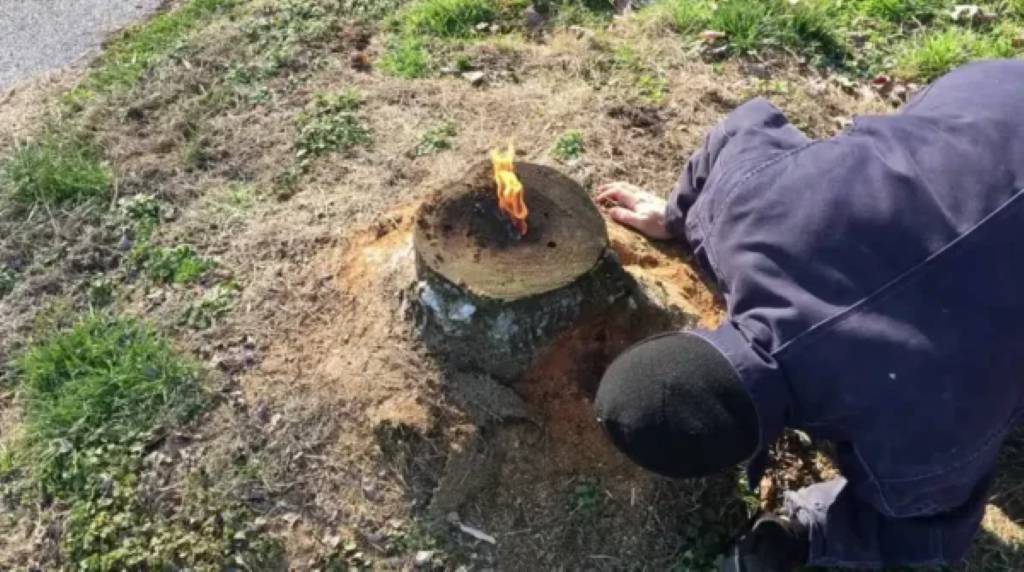Small trees, though charming, can sometimes outgrow their welcome in your outdoor space. There are times when you might need to remove them to make way for new landscaping projects, ensure the safety of your property, or simply because they’ve outgrown their welcome.
Whether you’re creating room for a new garden bed, safeguarding your property from overhanging branches, or addressing tree-related issues, knowing how to remove small trees correctly is crucial. In this exploration, we’ll delve deeper into the world of small tree removal, uncovering the reasons for removal, assessing the best candidates for the task, and mastering the techniques to safely
Steps to Remove Small Trees?
Assess the Tree
Before you grab your tools, take a close look at the tree you want to remove. Consider its size, age, and health. It’s generally easier to remove smaller and younger trees. Mature trees may require professional assistance.
Gather Your Tools
You’ll need a few tools for this job:
- Safety gear: This includes gloves, safety glasses, and sturdy clothing to protect yourself.
- Chainsaw or handsaw: For cutting down the tree.
- Shovel: To dig around the tree’s base.
- Pruning shears: To trim smaller branches.
- Rope and stakes: To control the tree’s fall direction.
Plan the Direction of Fall
Examine the tree to determine which direction you want it to fall. Ensure there are no obstacles, structures, or other trees in the way.
Prune the Branches
Start by removing the tree’s smaller branches using pruning shears. This reduces the weight and makes it easier to handle. Proper pruning can promote better air circulation, sunlight penetration, and the overall well-being of your trees.
Make a Notch Cut
Using your chainsaw or handsaw, make a notch cut on the side of the tree facing the direction you want it to fall. The notch should be a quarter of the way through the tree’s trunk and should be horizontal. The notch, also known as a notch cut, is a V-shaped cut made on the side of the tree facing your desired fall direction.
Make the Felling Cut
On the opposite side of the tree, a few inches above the notch cut, make a straight felling cut. This cut should meet the notch cut to create a V-shaped groove. As you make this cut, the tree will start to lean and fall in the planned direction.
Use a Rope for Control
When it comes to removing trees, especially those in tight spaces or close to structures, using a rope for controlled tree removal is a valuable technique. If the tree doesn’t fall as expected, use a rope and stakes to gently guide it in the desired direction. Never stand directly behind the falling tree.
Once a tree has been successfully felled, there’s often one last task to complete removing the stump. Dig around the base of the stump to expose the roots. Use a saw or axe to cut the roots and free the stump. You can also use a stump grinder for larger stumps.
Fill the Hole
Fill the hole left by the removed tree with soil. Tamp it down to ensure it’s level with the surrounding ground.
Dispose of the Tree
You can use the cut tree for firewood, mulch, or compost. If it’s diseased, it’s best to dispose of it properly to prevent the spread of disease to other trees.
Pros of Cutting Small Trees
Space Management:
Removing small trees can free up space for landscaping, gardens, or other outdoor projects.
Safety:
Trimming or cutting down small trees can eliminate safety hazards, such as overhanging branches or trees too close to structures.
Healthier Landscape:
Pruning or removing small trees can improve the health and vitality of other plants in your garden by reducing competition for resources.
Cons of Cutting Small Trees:
Loss of Beauty:
Removing small trees may result in a less attractive landscape, especially if the trees add aesthetic value.
Environmental Impact:
Cutting down trees, even small ones, can have ecological consequences, affecting local wildlife and biodiversity.
Time and Effort:
Tree removal requires effort, time, and the use of appropriate tools, which may not be practical for everyone.
Cost:
If you hire professionals for tree removal, it can be expensive, particularly for larger or more complex jobs.
Conclusion
Cutting small trees is a decision that should be carefully considered, weighing the pros and cons. While it can offer space management, enhanced safety, and healthier landscaping, it may also mean losing the natural beauty of your trees and have environmental impacts. The choice to cut small trees should align with your specific needs and landscape goals. If you decide to proceed, it’s important to do so safely, with the right tools and techniques, or seek professional assistance when necessary.





